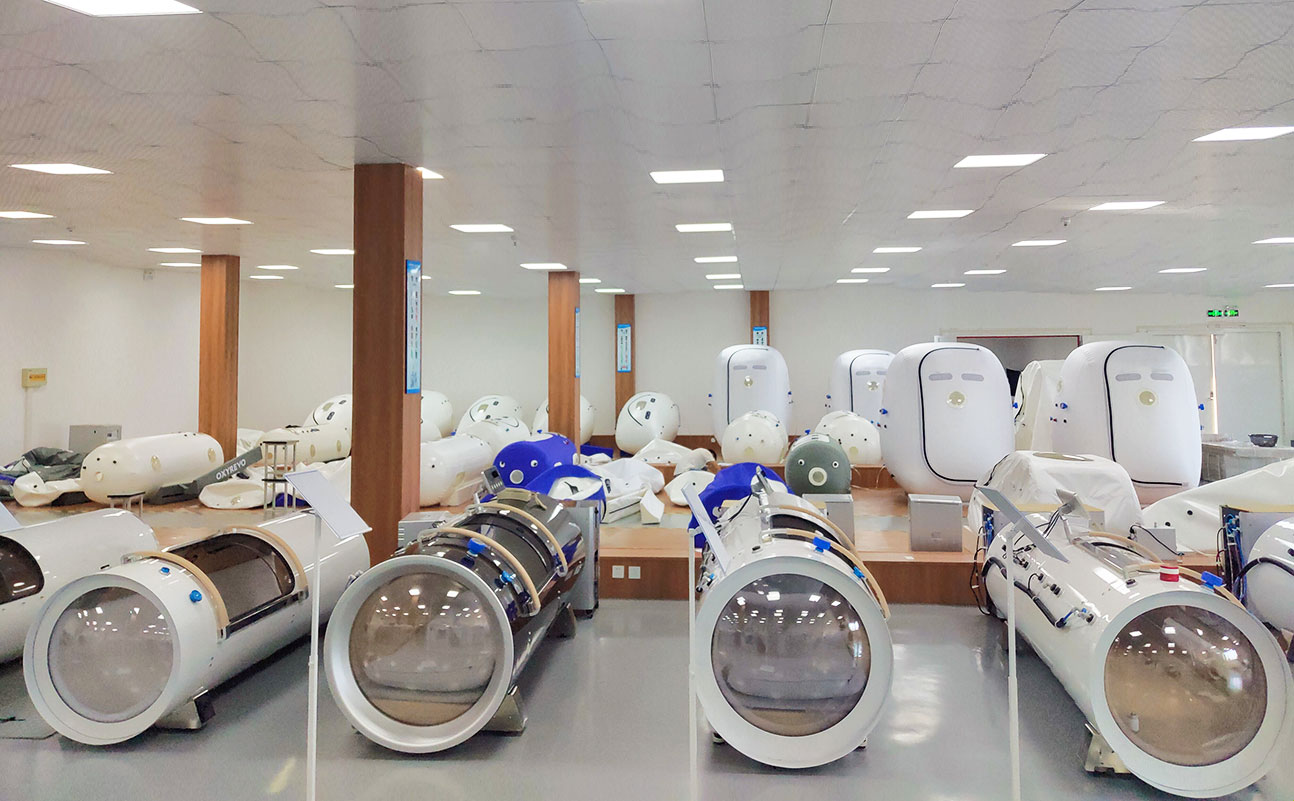
On a construction site, the risk is usually rather high. Since there are several heavy and dangerous objects that might seriously damage or injure someone, safety precautions must be implemented.
Construction sites are hazardous locations by nature. However, by taking the necessary safety measures, you may reduce the likelihood that one of your employees will get hurt.
Construction is one of the riskiest professions since most accidents occur on the job site. While there is a duty on the part of employers to lessen safety hazards for construction workers, employees also have a duty to exercise extreme caution when working in such hazardous conditions.
In this article, we’ll cover eight best practices that companies may use to improve construction site safety.
1. Awareness
No of their position or level of knowledge, all workers must be properly advised of the dangers before joining a construction site. Any industry is most at risk from workers who lack expertise because of how recklessly they act and jeopardise others.
Anyone accessing a construction site should be knowledgeable of the dangers involved with the job and how to minimise them by adhering to safety procedures. It is the responsibility of construction managers to ensure that all workers are aware of the risks associated with working on a building site and that safety precautions are followed to keep them safe. It is important to do regular training sessions and awareness discussions to make sure that staff members are aware of the dangers. In addition to completing their tasks and informing employees, managers must make sure that workers are aware of the significance of the dangers present in the workplace.
2. Instruction
The bulk of a construction worker’s skills may be learned on the job, however, it is important to master their safety-related skills beforehand. Experienced staff should be required to periodically attend training sessions all throughout the year to refresh their knowledge of normative safety.
These training sessions may include simple subjects like safe ladder usage and fall prevention in order to make sure that everyone is adequately instructed. Employees should be informed of the appropriate safety measures to follow in the case of an accident after these training sessions.
If workers in the construction industry could exercise safety training practices, they would be better prepared to enforce safety standards. Even though they must attend annual construction safety training sessions, they must also receive on-site training for condition reporting.
On-site training for construction site safety will guarantee that personnel are adequately taught by requiring them to exercise these skills in a situation where safety is vital.
Many businesses commonly employ graphic aids to help convey the idea about the potential risks and accidents that might arise on a construction site. It’s frequently a good idea to instruct staff utilising a variety of approaches rather than just handing out a manual.
3. Communication
Accidents are more likely to occur when workers are unsure of what to expect. Direct discussion of the day’s goals and schedule will lessen any unpleasant surprises that may occur.
If there is inadequate communication among everyone on the construction site, workers won’t know what to anticipate.
When all stakeholders are communicating precisely and clearly, the project advances more rapidly and keeps everyone up to date. The best strategy is to inform the team and keep an eye on their performance to make sure they are aware of construction site safety.
A comprehensive plan must be in place before construction can begin. All necessary permits and certifications must be obtained, a clear chain of command for incident reporting must be established, an emergency response plan must be developed for potential hazards, safety protocols and procedures must be established, employees and contractors must undergo safety training, and any potential risks or hazards must be identified. It’s also crucial to make sure that each employee is aware of their legal rights in accordance with local legislation.
4. Use the Right Tools
Construction workers are certain to make terrible errors with incorrect tools. Construction businesses must make sure that every piece of equipment on the job site is ideally matched to the task at hand in addition to making sure that everything is kept in good shape.
Construction companies also need to consider the equipment that supports the project indirectly.
We hope that this article has clarified any concerns you have concerning EICRs. Do not hesitate to contact us if you have any more inquiries. Check out our selection of 18th edition courses and electrician training courses if you require current instruction on the 18th edition wiring rules.



